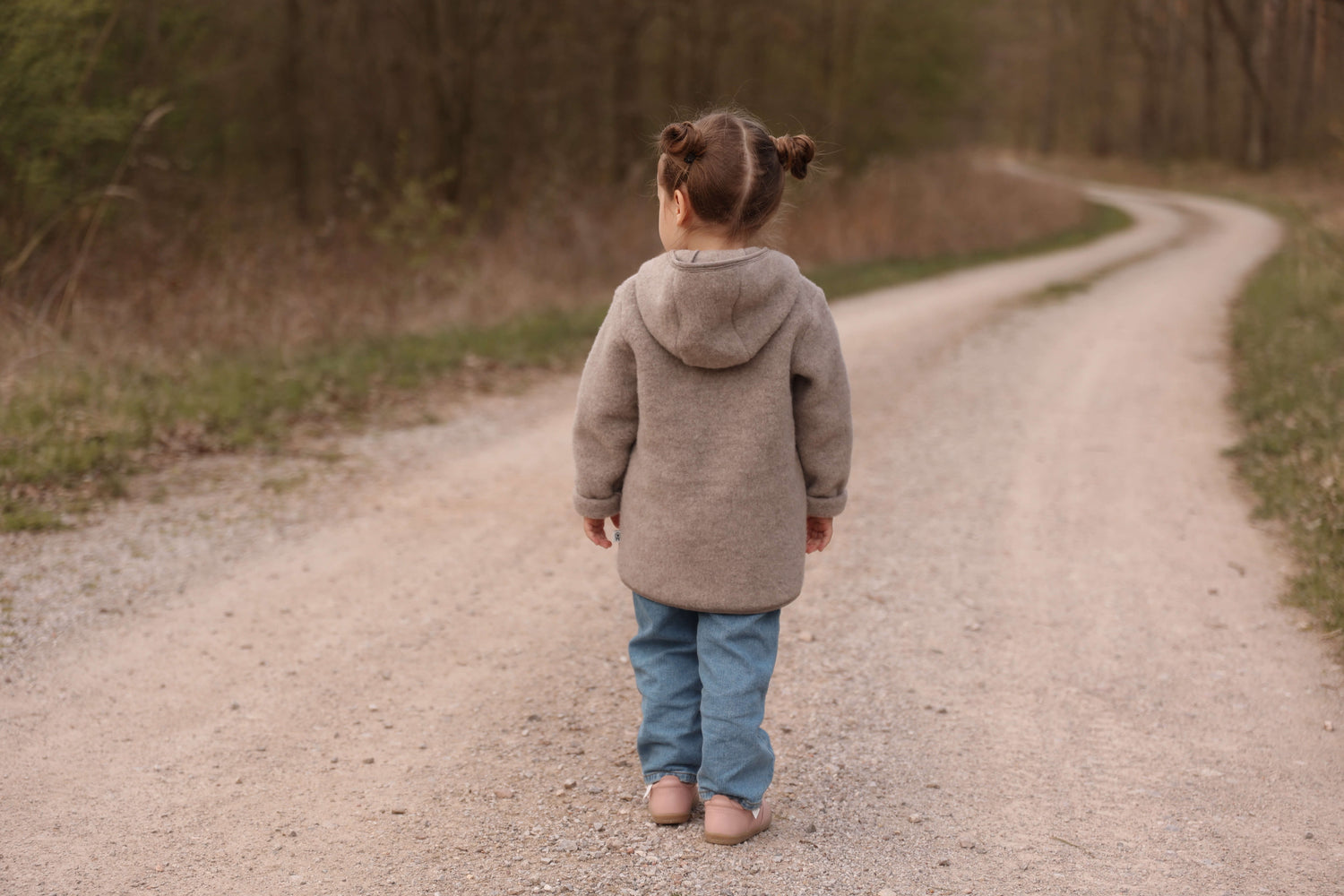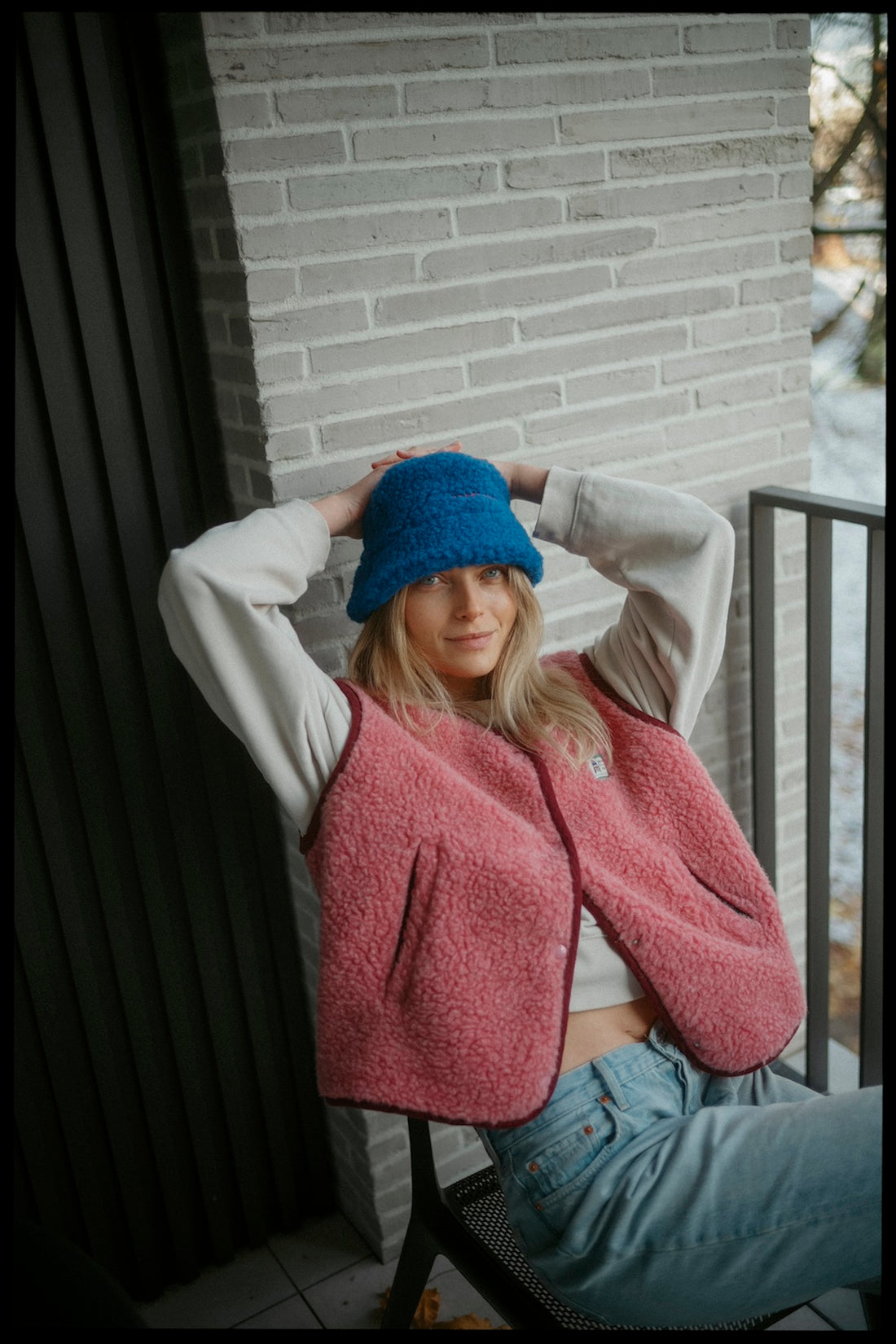In today’s world, the word “organic” is everywhere-especially in the baby clothing aisle. Parents are told to choose natural, non-toxic, sustainable options for their little ones. And understandably so. Babies have more delicate skin, developing organs, and bodies that are still learning how to detoxify and defend themselves.
But how many of those “eco-friendly” onesies, “green” pajamas, and “natural” rompers are actually safe? Enter: greenwashing-a form of deceptive marketing used to make products appear more environmentally friendly or health-conscious than they really are.
When it comes to baby clothing, greenwashing is more than just misleading—it can be dangerous. Here's how to recognize it, avoid it, and make safer choices for your child.
What is greenwashing?
Greenwashing is when a brand uses vague, unverified, or outright false claims to appear environmentally friendly. It’s especially prevalent in the fashion industry, where buzzwords like:
- “All-natural”
- “Eco”
- “Conscious”
- “Non-toxic”
- “Sustainable”
- “Organic”
are splashed across hangtags and websites—often without real substance behind them.
Take a baby bodysuit labeled “natural.” Unless it's certified, it could have been grown with toxic pesticides, bleached with chlorine, dyed with azo dyes, and finished with formaldehyde. Yet the “natural” tag persists, luring in well-meaning parents.
Why greenwashing is harmful to babies
Babies’ skin is up to 10 times thinner than adult skin. It absorbs chemicals more easily and is more prone to irritation. And their immune systems, livers, and kidneys are still developing—making detoxification less efficient.
When greenwashing leads a parent to purchase clothing treated with formaldehyde, PFAS, or phthalates, thinking it’s safe, the consequences may be invisible—but real. Studies have linked these substances to:
- Hormonal disruption
- Skin irritation and rashes
- Impaired development
- Asthma and allergy triggers
According to the Environmental Working Group (EWG), residues of such chemicals have been found in everything from baby bibs to pajamas.
7 Ways to spot greenwashing in baby clothes
To protect your child, here’s how to tell if a brand is genuinely clean—or just playing the part:
No certifications listed
Look for recognized labels like: GOTS (Global Organic Textile Standard), OEKO-TEX Standard 100, IVN BEST. These require full transparency and testing against harmful substances.
Vague language
Terms like “natural,” “non-toxic,” or “green” without further details are red flags. Ask: What is the fiber? What kind of dyes were used? How was it finished?
No ingredient or material breakdown
You should know what fibers are used, where they came from, and what treatments were applied.
Too perfect branding
Lots of white space, green logos, and earthy photography are not proof. Always read the small print.
No manufacturing transparency
If a brand doesn’t disclose where its clothes are made—or hides behind phrases like “responsibly sourced”—dig deeper.
Overuse of bamboo claims
“Bamboo” sounds green, but most bamboo fabrics are actually rayon, chemically processed with toxic solvents.
“Eco blends” with polyester, acryl or nylon
Some brands mix organic cotton with polyester or spandex and still label it “eco.” Synthetic fibers can shed microplastics and often require chemical treatments.
A better way: certified, transparent, ethical
Why European production matters
Another crucial factor to consider is where baby clothes are made. Many garments produced in Asia must travel long distances by ship or air to reach Europe. During these journeys, the risk of moisture buildup, mildew, and wrinkling increases—especially in humid climates. To prevent this, some manufacturers treat clothing with formaldehyde-based resins or other chemical preservatives before shipping. These substances may not be declared on the label and can linger on the fabric until worn.
By choosing clothes made in Europe, like those at Dear Gaia, you reduce the likelihood of exposure to these shipping-related chemicals. European-made textiles are also subject to stricter chemical regulations, shorter transportation routes, and more transparent supply chains—making them a safer, lower-impact choice for your baby and the planet.
Instead of decoding vague promises, look for brands that are open, certified, and values-driven. Dear Gaia is one of them.
We carefully curate clothing and accessories that are:
- Certified by GOTS or OEKO-TEX
- Made from 100% organic cotton, merino wool, and silk blends free from harmful finishes
- Produced in the EU under ethical conditions
- Packaged without plastic or chemical-heavy materials
We also offer a second-hand section to extend the life of beautiful garments and reduce environmental impact.
Our partners include:
- Bewoolly, for GOTS-certified merino and silk baby essentials
- Mileo Baby, brand that puts non toxic and safe baby essentials as a priority and educates about it
- Drugi Splot, offering heirloom-quality pieces made from upcycled 100% cashmere
Every product in our store is handpicked with your child’s health, comfort, and future in mind.
What you can do as a parent
Avoiding greenwashing doesn’t mean you need a science degree. Just keep these steps in mind:
- Prioritize quality over quantity – Buy fewer, better garments
- Look for real certifications – GOTS, OEKO-TEX, IVN BEST
- Ask questions – If a brand can’t explain its materials or process, move on
- Read beyond the label – Marketing is powerful, but knowledge is power
- Support transparency – Choose brands that share their sourcing and ethics
Final thought
In an age of conscious parenting, marketing can either help or hurt. Greenwashing tries to shortcut your good intentions. But with a little guidance and the right partners, you can dress your baby in clothing that truly aligns with your values.
At Dear Gaia, we believe safe, sustainable, and beautiful clothes should be the standard—not the exception.
Sources:
- MileoBaby, Zatrute dzieciństwo eBook
- Environmental Working Group: https://www.ewg.org
- OEKO-TEX Certification: https://www.oeko-tex.com/en/
- GOTS Certification: https://global-standard.org/
- The Guardian: “PFAS absorbed through skin” → https://www.theguardian.com/environment/article/2024/jun/30/pfas-absorbed-skin-study
- Sustainable Apparel Coalition: https://apparelcoalition.org
- Chem Trust: https://chemtrust.org









